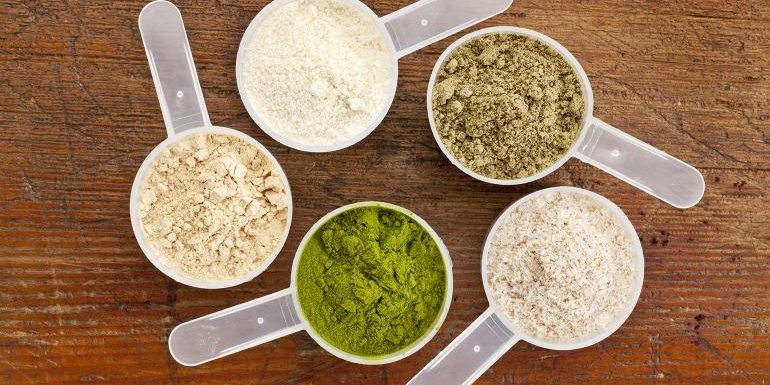Protein is booming, and powders have played a huge role in delivering efficacious amounts of protein to sports nutrition consumers looking to build and maintain muscle mass. Tubs of ready-to-mix (RTM) protein powders have long been a visual mainstay of many sports nutrition stores, aisles and sections, and powdered ingredients are also used to fill sports supplement capsules and provide muscle to bars and beverages. However, the protein powder market is crowded, and the consumer shift to wanting higher protein intake via foods and beverages instead of supplements only adds to the challenges of making a protein powder-based product stand out and be successful.
For companies playing in the RTM protein powder space, differentiation requires innovative flavors and ingredient combinations, as well as enhanced bioavailability and responsible sourcing. The protein ready-to-drink (RTD) market is seeing increasing numbers of clear or water beverages with high protein content, in addition to new hot protein RTD products. The food segment has exploded with high-protein offerings as companies have found ways to infuse protein into an array of everyday foods and snacks. In every corner of the protein powder market, new technologies are supporting innovation.
The size and future of the protein supplement market varies depending on which market expert you ask, but Allied Market Research and Marqual IT Solutions Pvt. Ltd (KBV Research) both predicted around 7.5% compound annual growth rate (CAGR) over the next five or six years and a resultant market of US$8.7 billion. Zion Market Research calculated the CAGR at 5.7% and a size of $3.6 billion heading into 2024. Either way, the segment is expected to enjoy solid growth worldwide.
On the animal side, whey protein is set to grow 7.6% to $12.5 billion by 2024, according to Statista. On the plant side, the global pea protein market was about $101.7 million (all uses) in 2018 and should grow at a 17.4% CAGR through 2025, reported Grand View Research. Persistence Market Research reported organic pea protein should grow at an even more robust 7.2% CAGR through 2027.
Read The Full Article HERE







